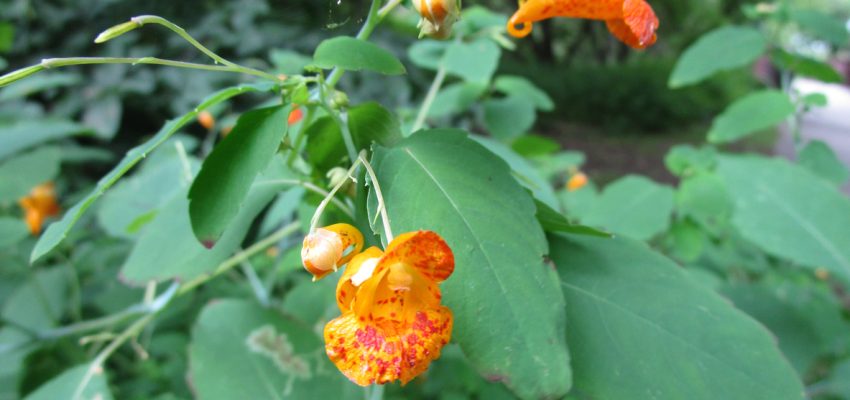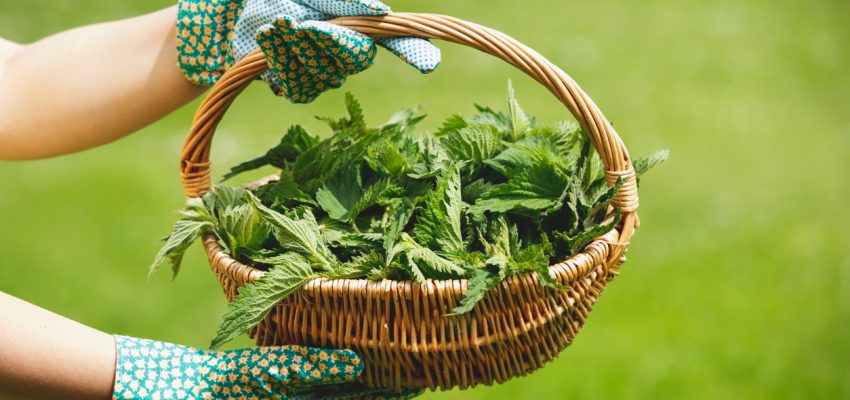Stinging nettle (Urtica dioica) is a good herb with a bad rap. Sure, the hair-like structures on the leaves cause stinging, itching and swelling, but don’t let that put you off! Seriously though, don’t–stinging nettle provides a wealth of health benefits and it is quite delicious once you get past its prickly exterior-kinda like me.
As with all things, make sure you are foraging the right plant, try a little tea to see if it agrees with you and consult your medical professional with queries.
Medicinal Applications
While there is some evidence that it may lower blood pressure and reduce the symptoms of hay fever, the ability of stinging nettle to reduce inflammation shows some promise, although more research is required. In some studies, stinging nettle reduced a number of inflammatory markers by interfering with their production. You can reduce inflammation by using stinging nettle cream or by drinking stinging nettle tea.
Nutritional Benefits
Stinging nettle has many nutritional benefits such as vitamins A, C and K, as well as several B vitamins. It contains iron, calcium magnesium, potassium and phosphorus. It contains beta-carotene and other carotenoids, several essential amino acids and flavonoids and it acts as an antioxidant.
Harvesting Stinging Nettle
Put on a pair of leather gloves, long pants, long-sleeve shirt and boots. Any exposed skin could be stung so dress appropriately. Find the young shoots in March, April or May depending on your climate zone. Once the nettles have started to flower, it is too late. Use a scissors to cut the top leaves (no bigger than 3 inches) into a plastic bag or basket. Check the undersides of the leaves to make sure there is no white spittle, bugs or dirt.
Place the nettle tips in a brown paper bag or lay them out on a paper towel until they dry. Don’t handle them while they are moist or they will sting you. You can also hang them to dry. Once dry, they can’t sting but can still irritate the skin, so handle with caution. Steep a tablespoon of crushed, dried leaves in hot water to make a tea. I like to add honey, but it’s not essential.

Got Stung?
Look around for some Jewelweed. These plants are most often found together as they love the same conditions. Simply rub some Jewelweed leaves, stems or flowers into the affected area for some sweet, sweet relief.




